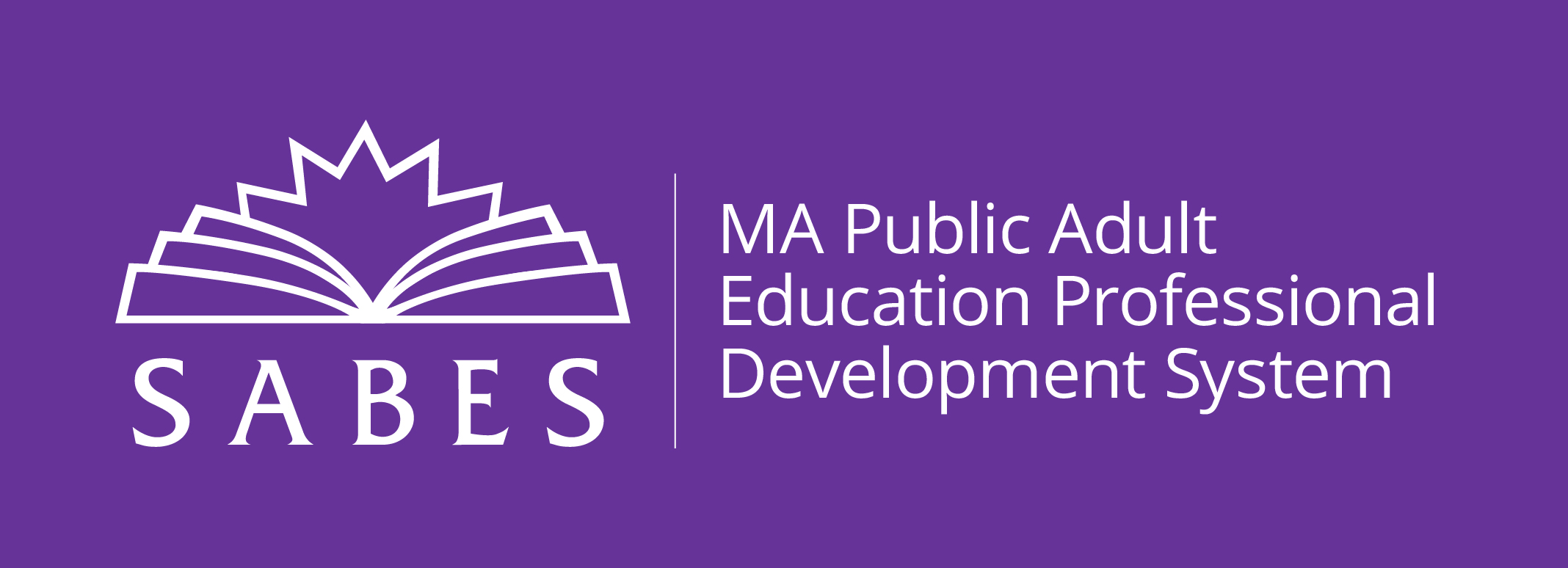
ACLS defines digital literacy as: the skills associated with using technology to enable users to find, evaluate, organize, create, and communicate information. While many of us focus on the ‘literacy’ part of digital literacy and think about reading and writing, the definition of digital literacy makes it clear that we are talking about math as well. With many students using technology more than ever today in our remote teaching environments, we need to take advantage of that technology to make math come alive and give students opportunities to use real data that they can analyze, organize, and communicate. Our lives are governed by numbers. Every day we all are bombarded with statistics. We need to be able to make sense of them in order to make reasonable decisions and to be informed citizens.
How we can incorporate digital literacy in math class?
If students have internet access, have them do their own research and compare data from different sources, then teach them how to organize and evaluate their findings using digital tools such as spreadsheets. Rather than providing word problems using contrived contexts that are not meaningful to students, why not ask them to pose their own questions? Possible real-world scenarios that require math might include buying a car, finding a new apartment, or figuring out if a new phone is affordable. Your students can come up with their own questions. Ask them to do the research (which can be done at home on their own time) and analyze the data. Here’s where they have great opportunities to apply those procedures that you’ve been trying to get them to learn; they will see when and where those procedures are useful. Then ask them to present the results using digital tools such as PowerPoint or Google Slides. Finally, have them interpret the results and share decisions they would make based on their analysis.
There’s a math-y name for this practical process of posing a question, gathering data, analyzing them, and then interpreting the results: statistical reasoning. Once students have completed the process, take some of their examples and turn them into test-like questions so students can see that what they are learning will benefit them in life AND on ‘the test’.
For more ideas on using digital literacy in the classroom, here are some recent articles from the Adult Numeracy blog:
- How to Open Up Word Problems (and promote digital literacy, too)
- You’ve Heard of Digital Literacy. What about Digital Numeracy?
What if my students don’t have reliable internet access?
We acknowledge that not all of our students have access to technology. We believe in equity for all, and that means all of our adult learners should have access to high-quality materials for learning. So, any new materials that we develop and share with you will be designed to be used in any type of learning environment, whether in-person, via online learning management systems such as Google Classroom, by phone, or over live web conferencing using tools such as Zoom.
Our most recently developed materials include teacher guides with student packets that can either be shared electronically or printed and mailed out to students. We’ve also created online professional development support for teachers who would like to use these guides and packets. These include:
- Introduction to Geometry: Remote Teaching Packet for Learners GLE 2‒4 without Tech Access
- Exploring Angles with Kites (sign up here)
We’re also working on math resources on the topic of vaccines and risk. Coming soon!
As always, we would love to hear from you, so please contact us (donnac@gwi.net) with questions and suggestions.


